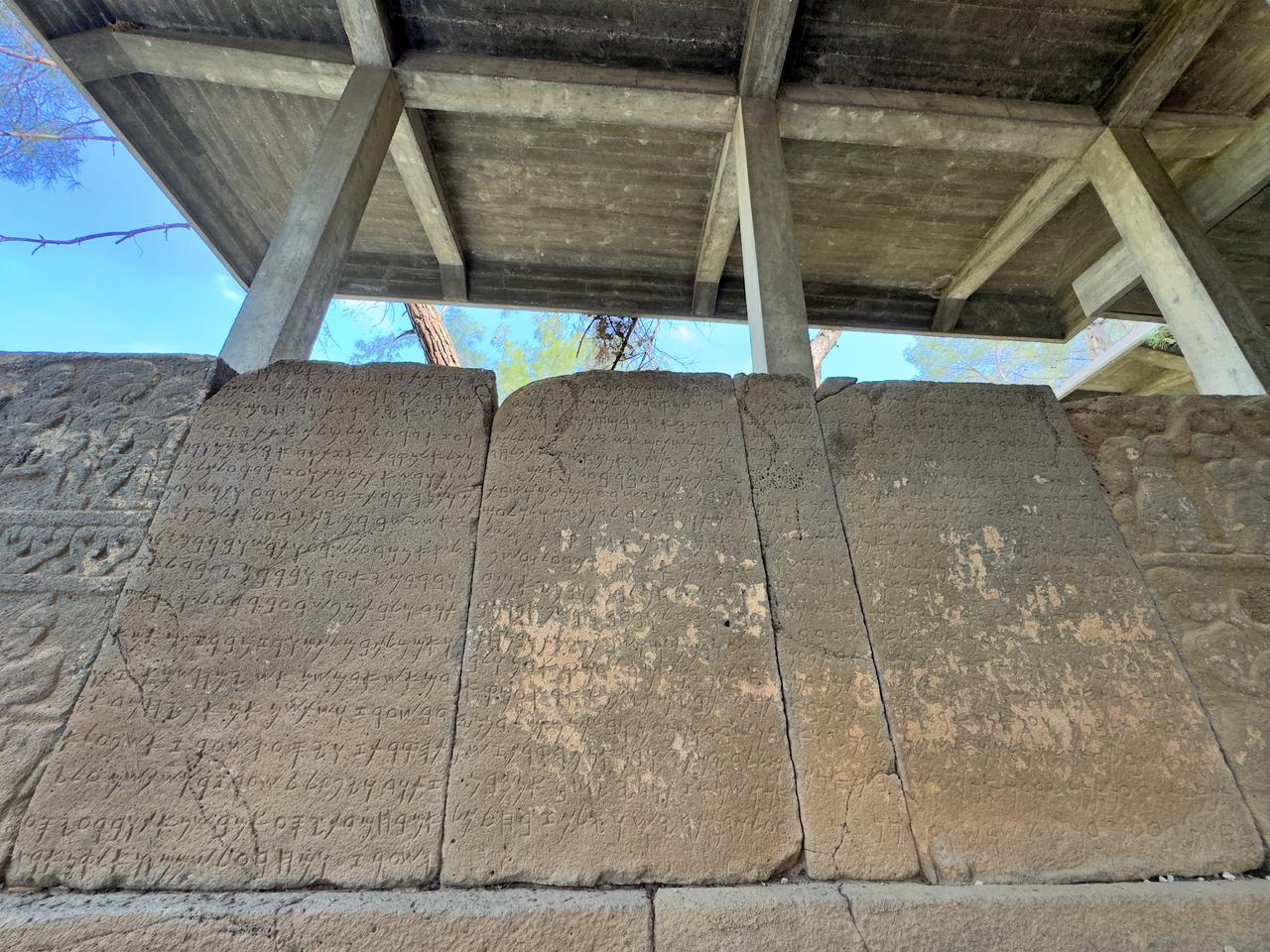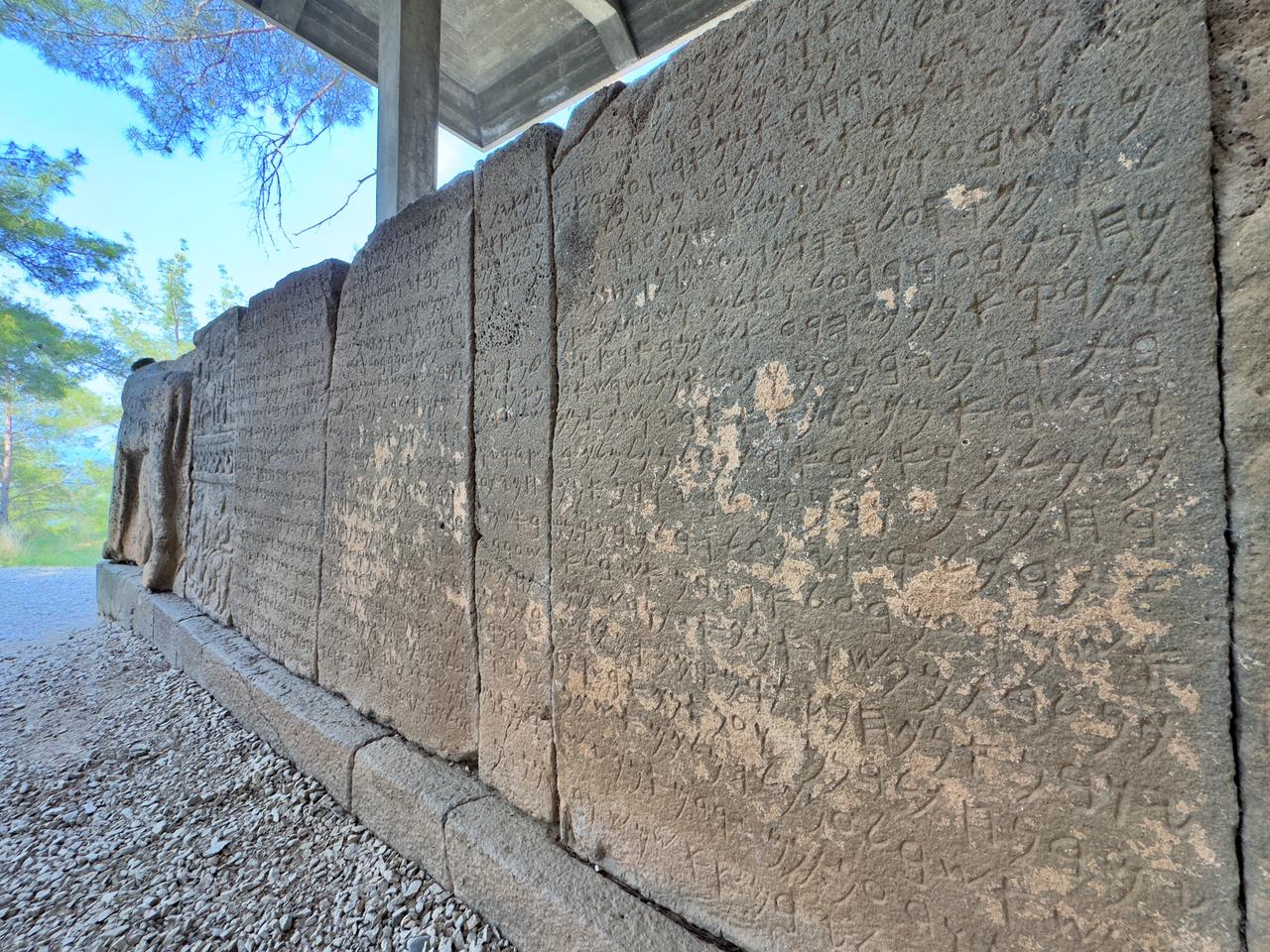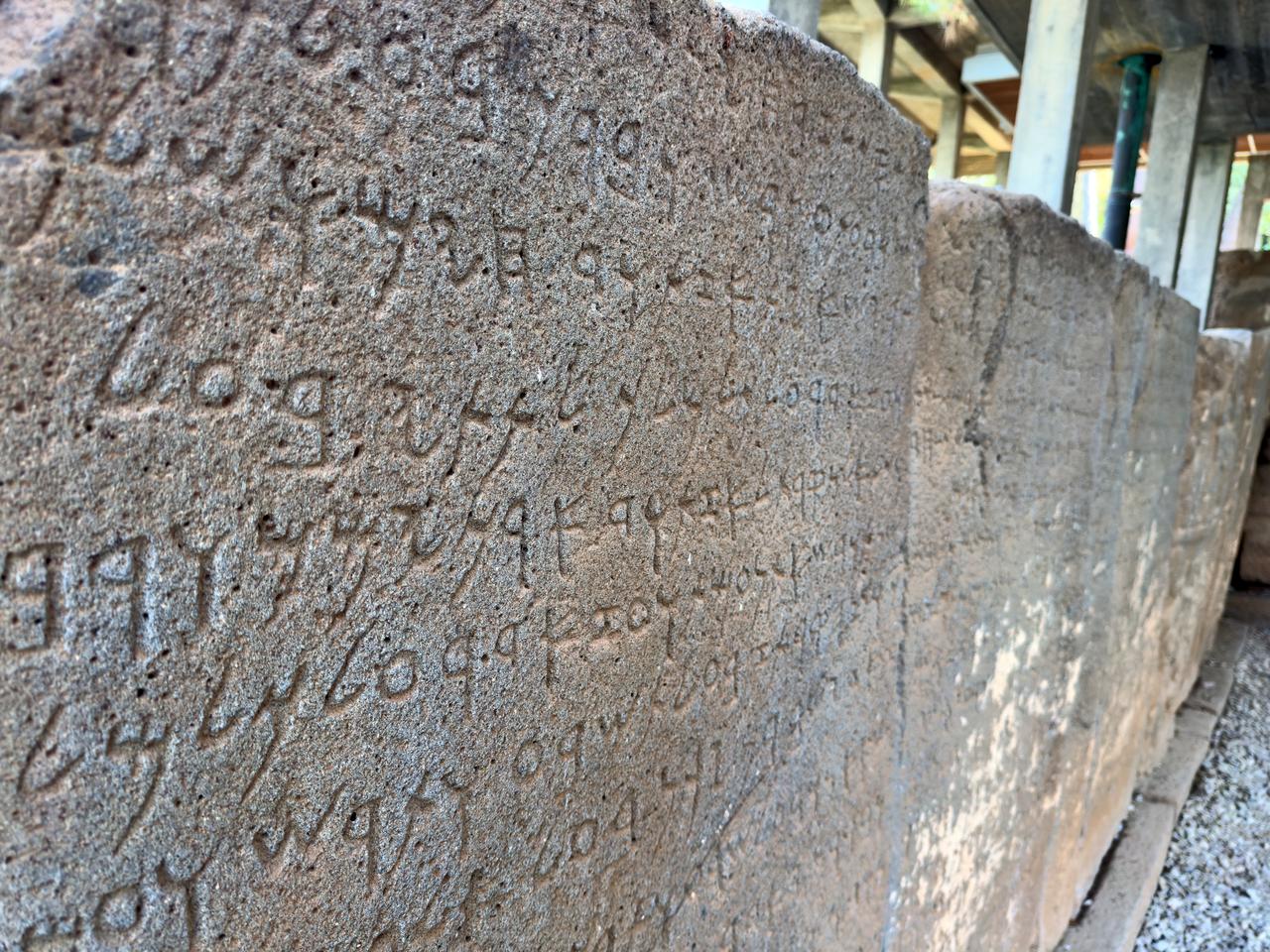
The ancient bilingual inscriptions of Karatepe Aslantas Open-Air Museum in Osmaniye, Türkiye, have been officially inscribed into the UNESCO Memory of the World International Register.
These inscriptions, written in both Anatolian Hieroglyphic and Phoenician scripts, highlight one of the earliest known examples of bilingual writing in the ancient Near East and provide invaluable insights into the linguistic and cultural landscape of the first millennium B.C.

Governor Erdinc Yilmaz, speaking at the Karatepe Aslantas Open-Air Museum, expressed his pride in the international recognition of the site’s inscriptions, stating: “We are delighted with the result of this collaborative effort. The decision taken at the UNESCO Executive Board meeting in Paris confirms the global importance of the Karatepe inscriptions.”
Yilmaz reminded that the museum is already listed on UNESCO’s Tentative List of World Heritage Sites and noted the added value that the inscriptions’ inclusion in the Memory of the World Register brings to cultural preservation efforts in the region.
The successful registration followed a joint initiative by the Osmaniye Directorate of Culture and Tourism, Osmaniye Korkut Ata University, and the Global Strategic Research Association. Their efforts focused on documenting, interpreting, and promoting the historical value of the bilingual texts.
The collaboration underlined the significance of the inscriptions not just as historical artifacts, but also as instruments of intercultural communication that reflect the ancient dynamics of Anatolia and the Eastern Mediterranean.

Yilmaz emphasized the impact of the inscription on tourism and heritage preservation:
“Osmaniye is home to many ancient settlements and cultural treasures. This recognition is not only a major step in safeguarding our heritage but also in promoting it to global audiences.”
Mustafa Cakar, head of the Global Strategic Research Association, also highlighted the decision's broader impact, stating that the listing will “significantly contribute to the international promotion of the inscriptions and integrate them into global cultural heritage narratives.”